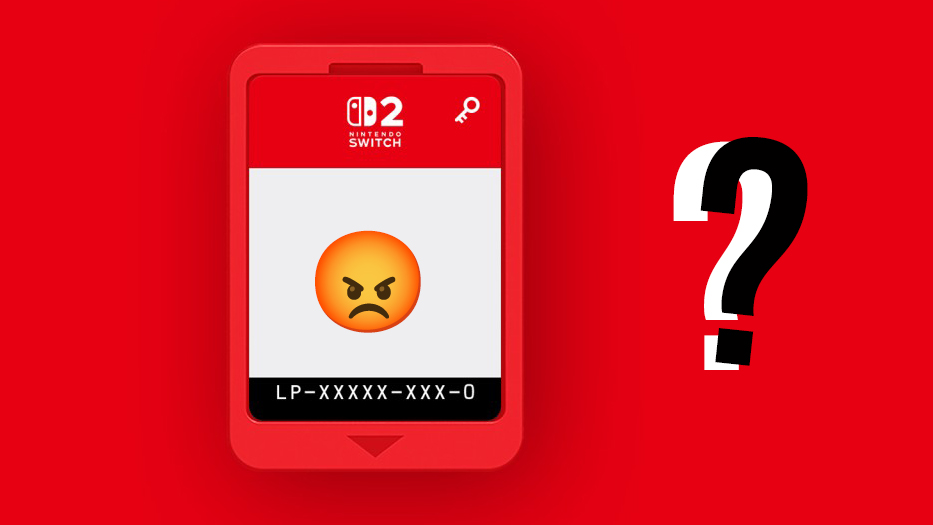Surface Pro 6 vs Surface Pro 7: is either still worth buying?
We compare Surface Pro 6 vs Surface Pro 7 to see how they measure up against the newer Pro 8 and Pro 9.
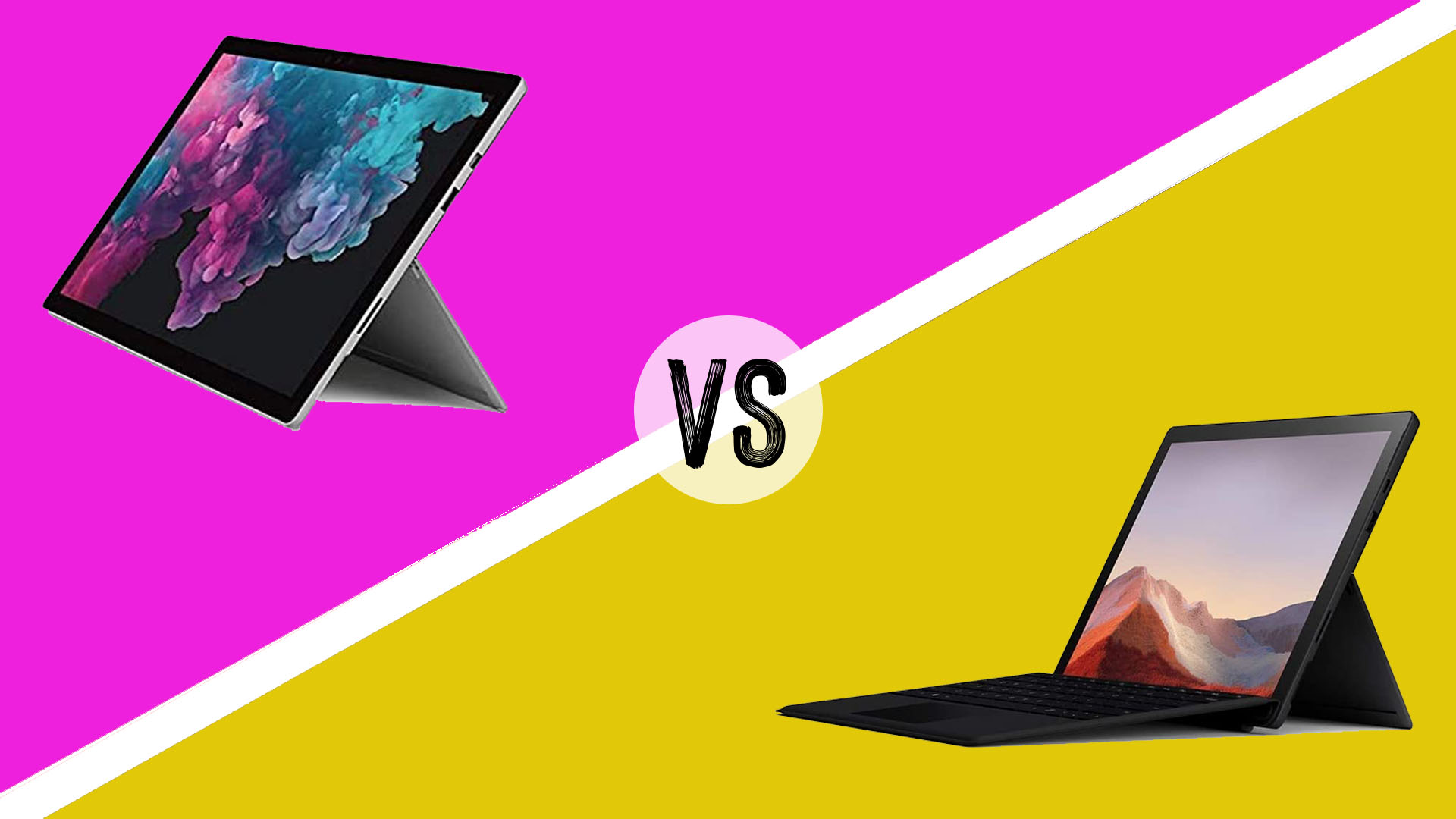
Surface Pro 6 vs Surface Pro 7 pits two generations of Microsoft's sleek two-in-one laptop-tablet that are getting a little long in the tooth. The Surface Pro 9 was released in October 2022, following on from the Surface Pro 8 a year earlier. That means Surface Pro 6 and 7. Add to that the fact that there was a gap of two years between the Pro 7 and 8, and these older models are perhaps starting to show their age.
The positive side of that is that you may be able to find a good deal on them. The Surface Pro 6 is more difficult to find new, but the Surface Pro 7 has been coming in for some big discounts. But does it make sense to buy the Surface Pro 6 or Surface Pro 7 in 2022?
The Surface Pro range as a whole holds some enticing advantages over other portable devices, such as iPads. One the one hand, they're tablets with touchscreens and stylus support, but they run Windows, which means you're not restricted to using mobile apps. For many creatives, this can be a game changer. Add Microsoft's Surface Pro Type Cover (sold separately), and you've have a portable little laptop with stylus support for drawing, note-taking and image editing.
But how do Surface Pro 6 vs Surface Pro 7 measure up today? The former was released in October 2018 and the latter in October 2019. The 2021 Surface Pro 8 introduced some significant upgrades, with enhanced performance and a better screen. The latest addition, the Surface Pro 9 is more of an incremental upgrade, but again it provides a boost in performance. So with the Surface Pro 8 now seeing discount following the release of the 9, does it make sense to buy either of these older models?
See our full Surface Pro 8 review and our Surface Pro 9 review for our takes on the newer tablets. We also have roundups of the best Surface Pro 8 prices and the best Surface Pro 9 prices. But if you're considering one of these older devices because you've spotted a bargain, here you'll find out comparison of their design, performance, display and battery life. For more options, see our pick of the best tablets with a stylus.
Surface Pro 6 vs Surface Pro 7: are they worth buying in 2022?
Surface Pro 6 vs 7: Display
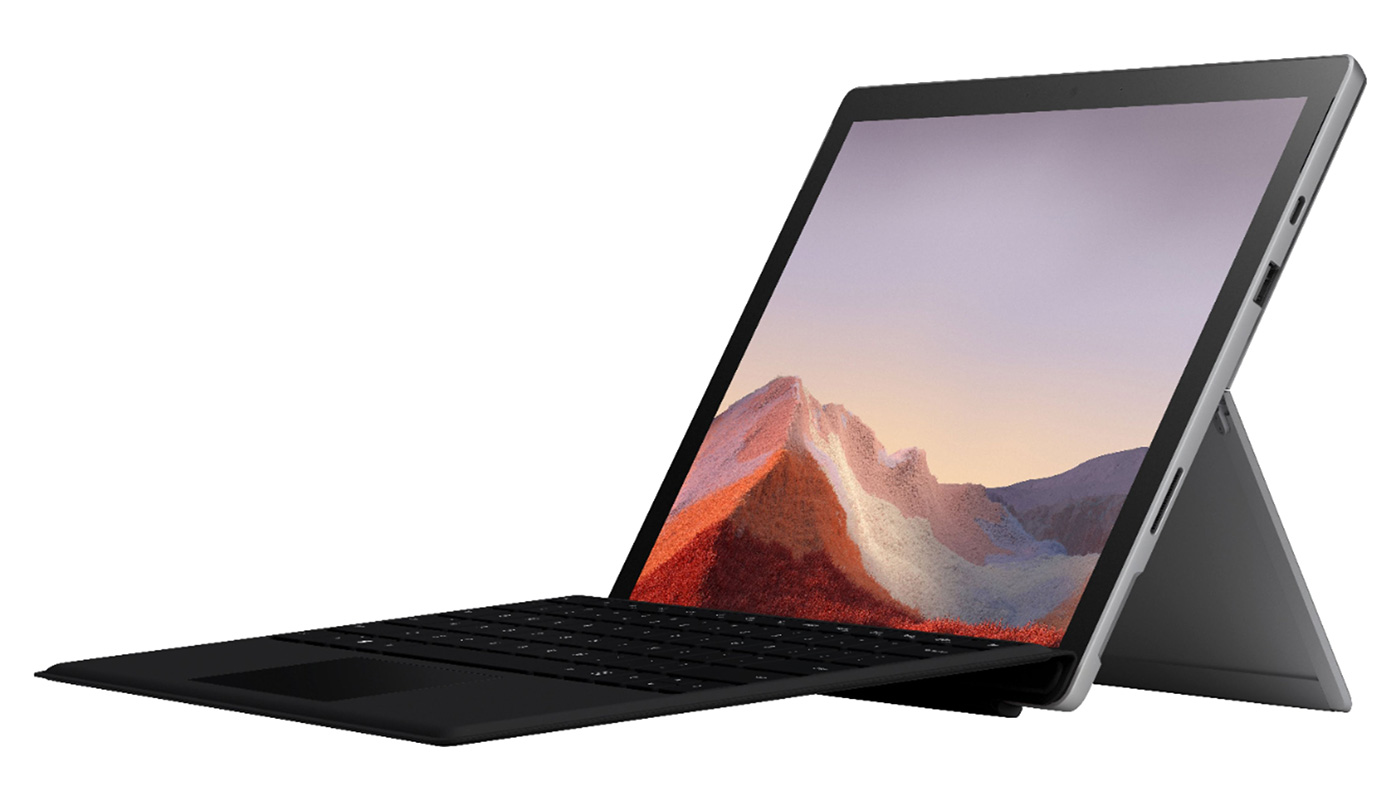
Comparing Surface Pro 6 vs Surface Pro 7 uncovers more similarities than differences. They were released only a year apart and anyone who was expecting the Surface Pro 7 to offer a big step up from the previous generation would have been disappointed on the tablet's release – certainly in terms of physical appearance. When we consider the screens in Surface Pro 6 vs Surface Pro 7 we're basically looking at the same display: 12.3-inches, both with resolutions of 2,736 x 1,824.
That's no bad thing, since the high-resolution screens (Microsoft calls them ‘PixelSense’) offer impressive image quality, with a pixel density of 267 pixels per inch (PPI). We found they both offer very sharp, clear images. The slightly odd aspect ratio of 3:2 is a little taller than the usual widescreen aspect ratio of 16:9, but this gives you a bit more space to work on vertically.
So in terms of screen at least, Surface Pro 6 vs Surface Pro 7 is effectively a draw, and if you can still find a Surface Pro 6 in stock at a cheaper price than the Surface Pro 7, you might want to go for that. If we turn to the Surface Pro 8, it's perhaps not surprising that it offers more of an upgrade since it came a full two years after the Surface Pro 7. The newer device comes with a slightly larger 13-inch screen and has a new ambient colour sense that adjusts to the light in the room. That may be a big enough upgrade to convince some to pay the extra money, especially now there are discounts about. The new Surface Pro 9 has the same screen as the Pro 8.
Verdict: this first comparison is a draw
Surface Pro 6 vs 7: Performance
While on the surface (sorry), the two devices look identical, there are some differences inside, and these come out when we compare Surface Pro 6 vs Surface Pro 7 for performance. The latter does better here with improved performance and a more varied choice of configurations, so you can choose the right level of power for your needs and budget.
The Surface Pro 6 only offers the choice between an 8th generation Intel Core i5-8250U or Intel Core i7-8650U, and a choice of 8GB or 16GB LPDDR3 RAM. This hardware is more than capable of running Windows 10 and its creative applications and it can be upgraded to Windows 11. But the Surface Pro 7 offers a clear advantage here with a choice of 10th generation Intel processors: the Intel Core i3-1005G1, Core i5-1035G4 or Core i7-1065G7. These aren’t only more powerful than 8th generation processors; they're more power-efficient as well, which means you’re getting better performance and longer battery life. Meanwhile, the inclusion of a Core i3 variant gives you a more affordable option if you don’t need the power of an i5 or i7 processor.
The Surface Pro 7 also features the choice of 4GB, 8GB or 16GB LPDDR4x memory, which is slightly newer and faster than the RAM in the Pro 6. Microsoft claims that the Surface Pro 7 is 2.3 times faster than the Surface Pro 6, and while we don’t think the difference is quite that noticeable, if you care about performance, the Surface Pro 7 does offer an improvement – though note that Microsoft says that the Surface Pro 8 is 46 per cent faster than the 7, and it says that the 12th gen Intel CPU on the Surface Pro 9 delivers 50% better performance than the 8. That means that in terms of performance, both the Surface Pro 6 and 7 are now left quite a way behind.
For those who require a device with powerful graphics-handling capabilities, for example video editors or those working with 3D models, it’s important to point out that when looking at Surface Pro 6 vs Surface Pro 7, neither have dedicated graphics cards. Instead, they rely on their processors' integrated GPUs: the Intel UHD Graphics 620 of the Surface Pro 6, and the more powerful Intel Iris Plus in the i5 and i7 versions of the Surface Pro 7.
Verdict: the Surface Pro 7 is the winner here
Surface Pro 6 vs 7: Design and ports
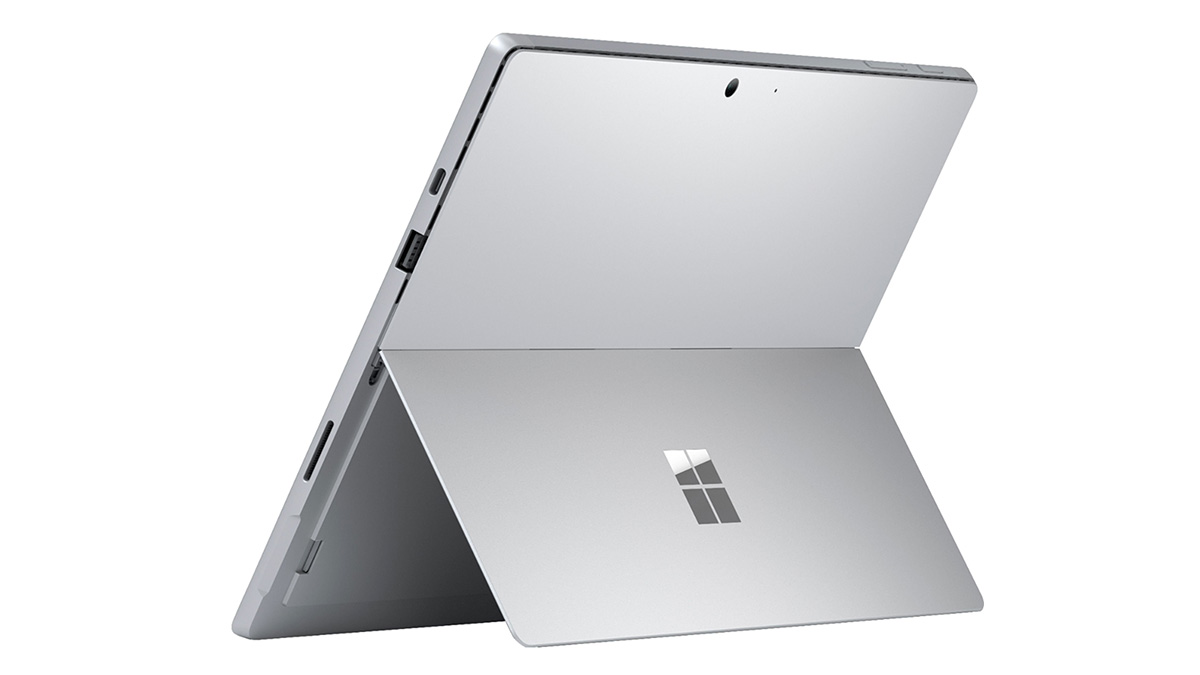
We've mentioned that there's little in the battle between Surface Pro 6 vs 7 when it comes to design. The two devices look very similar (the same goes for the Surface Pro 7 Plus). The dimensions are the same (11.5 x 7.9 x 0.33 inches / 292 x 201 x 8.5mm). This was a bit of a disappointment on the release of the Surface Pro 7 since it means you get the same thick bezels around the display making it immediately look a little dated while competitors were slimming down their bezels and offering a more stylish design. Again, the Surface Pro 8 has improved on this, introducing thinner bezels and a larger display.
The Surface Pro 6 and 7 also weigh roughly the same – 1.7 pounds (771g) for the Surface Pro 6 and very slightly heavier 1.73 pounds (784g) for the Pro 7. The two devices also feature detachable Type Covers for use as laptops (sold separately, though you can sometimes save money if you find a bundle with the Type Cover included) and both work with the Surface Pen stylus.
When it comes to ports, the two devices offer largely the same selection, with a full-size USB-A port (for plugging in older peripherals), a 3.5mm audio port and microSD card reader. This is a welcome addition for photographers, as it allows you to plug in memory cards without needing an adapter. Both offer Bluetooth wireless connectivity as well.
Where they differ is that the Surface Pro 6 has a mini DisplayPort. The Surface Pro 7 lacks that, but instead offers a USB-C 3.1 port. This allows you to connect modern peripherals and offers much faster data transfer speeds. If we had to choose, we’d pick the USB-C over the Mini DisplayPort every time. The Surface Pro 7 Plus still had no Thunderbolt ports, while the Surface Pro 8 has introduced two Thunderbolt 4 ports. Those are maintained in the Surface Pro 9, which drops the headphone port.
Verdict: the Surface Pro 7 wins again in Surface Pro 6 vs Surface Pro 7, but the Surface Pro 8 is better still.
Surface Pro 6 vs 7: Battery life
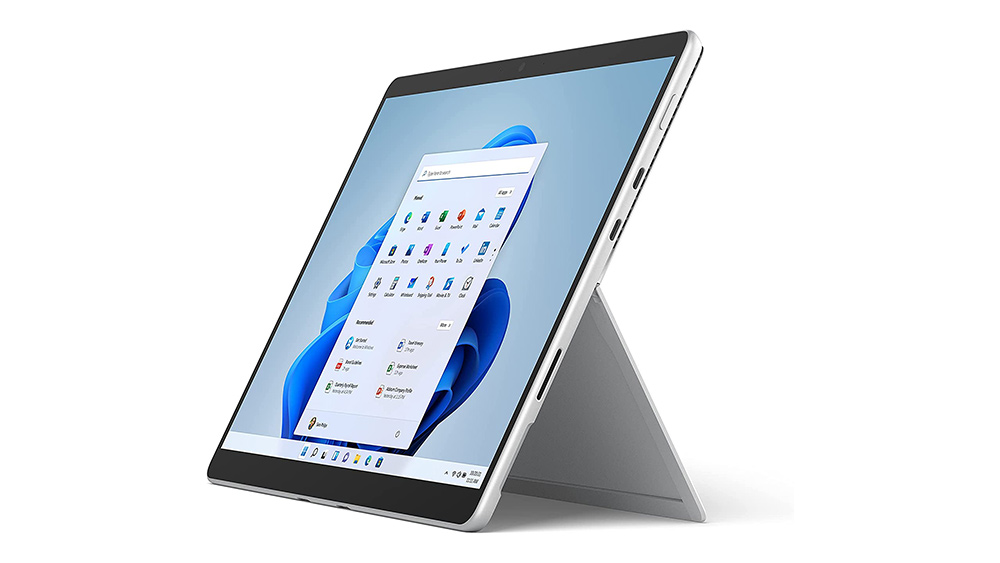
With the newer hardware in the Surface Pro 7, you’d think that its better power efficiency would lead to longer battery life. Strangely, Microsoft actually lists the battery life of the Surface Pro 6 as longer, although it measures the two devices in different ways. According to Microsoft, the Surface Pro 6 offers 13.5 hours of 'video playback', while the Surface Pro 7 is capable of 10.5 hours of 'typical device usage'.
However, playing videos and 'typical device usage' are two different things so we'd take Microsoft’s comparisons with a pinch of salt. In our own tests when we reviewed the devices, the Surface Pro 6 scored 8 hours and 45 minutes running a looped 1080p video. Meanwhile, the PC Mark 8 battery life test, which replicates day-to-day usage such as video calling, lasted just 4 hours.
However, the Surface Pro 7 fared worse, with just 6 hours and 2 minutes in our video test, and 3 hours and 12 minutes in PCMark 8. So, rather surprisingly, the Surface Pro 6 is the clear winner when it comes to battery life. Yet again, the Surface Pro 8 has made an improvement here, increasing the battery to 50.4WHr up from 43.2WHr. In our own tests, we got over eight hours of medium to heavy use, including photo editing and video calling. We found the Surface Pro 9 actually performs slightly worse than the 8 in this area.
Verdict: The Surface Pro 6 won in our tests, and actually stands up to the Surface Pro 8
Surface Pro 6 vs 7: Price
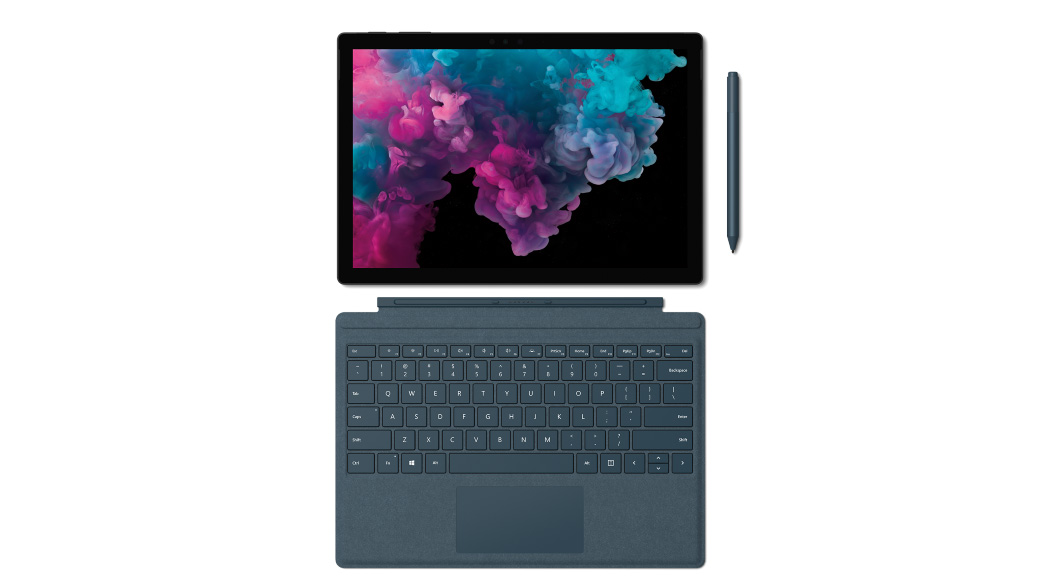
Both the Surface Pro 6 and Surface Pro 7 come in a variety of configurations, which means you can choose the hardware you want to match your needs – and budget. So, if you’re on a budget, you can tweak either Surface to come with less powerful processors, or less storage space, to keep the price down.
When the Surface Pro 6 first launched, its base configuration was $899 / £879. That’s a hefty asking price, but prices have dropped since then following the releases of the Surface Pro 7, Pro 7 Plus and now the Surface Pro 8. It's now usually the most affordable choice by some way and you may find it on offer for as low as $600 / £650 if you find it still in stock (see a list of the best current prices below or check our dedicated page on the best Surface Pro 6 prices).
The Surface Pro 7 launched with a lower base configuration price of $749 / £799, making it better value on launch, and it does offer some extra power. The Surface Pro 7+ starts from $899.99 / £879, although it's available for education and business customers only. See our guide to the best Surface Pro 7 deals to find the best prices.
And the Surface Pro 8? It starts from $1,099 / £999. That's quite a lot more than its predecessors, but it offers a quite a bump in performance and display, and there have been quite a lot of discounts about following the release of the Surface Pro 9. The Surface Pro 9 actually starts cheaper in the US – $999 for a Core i5 128GB SSD configuration. That configuration isn't available in the UK. The Core i5 256 GB configuration that's available everywhere retails at $1,099 / £1,099.
It’s worth noting that none of the devices come with the Type Cover or Surface Pen, which means they are an additional $149 / £149 and $99 / £99 respectively, so you’ll need to factor those into the overall cost. Take a look at the best prices on all of the current Surface Pro models in your region in the widgets below – or scroll down for our overall verdict.
Verdict: The Surface Pro 6 may win here if you can still find a deal.
Surface Pro 6 vs 7: Deals
Surface Pro 6 vs 7: Our verdict
Is the Surface Pro 7 a big enough leap over the Surface Pro 6? Not really. While the Surface Pro 7 does have newer, more powerful components, the leap in performance isn't great. And from a design perspective, the Surface Pro 7 is pretty much exactly the same as the Surface Pro 6. The older tablet even offers better battery life. If you find it significantly cheaper than the Surface Pro 7, then we'd take advantage to save some money and go for it.
The Surface Pro 7 felt like a bit of a wasted opportunity and if you want something more revolutionary, then we'd recommend considering paying that little bit more for the Surface Pro 8. The newest Surface Pro represents a much bigger leap forward from Microsoft – and there was a much greater time interval in between, after all. It really offers an improved device across the board, with better specs, a larger display and a removable SSD.
However, for our money, the Surface Pro 8 is the clear winner as the best Surface Pro to buy today, especially for anyone hoping to use it for more demanding work such as using photo editing apps or other creative programs (you'll probably want one of the higher configurations too). When we take price into consideration then Surface Pro 6 vs Surface Pro 7 remains an interesting comparison because these tablets are seeing more regular, and deeper, discounts (and remember that if you want a keyboard and stylus, you'll need to buy them separately, which adds to the expense). The gap in time between the release of these two devices was shorter, and as a result there's much less of a notable difference..
How old are Surface Pro 6 and Surface Pro 7?
If we compare Surface Pro 6 vs Surface Pro 7 on a timeline, they weren't very far apart compared with the subsequent generations. The Surface Pro 6 was released in October 2018, so it is getting on a bit now, and it's starting to become harder to find deals. The Surface Pro 7 came out just a year later, in October 2019.
It wasn't until January 2021 that the family spawned a new generation in the form of the Surface Pro 7 Plus, an upgraded model aimed only at business customers. That was followed just nine months later by the Surface Pro 8 in October 2021. See how that compares in our comparison of Surface Pro 7 vs Surface Pro 8. Just to make things more confusing, there's also the Surface Pro X – you can read about that in our Surface Pro X review.
Read more:

Thank you for reading 5 articles this month* Join now for unlimited access
Enjoy your first month for just £1 / $1 / €1
*Read 5 free articles per month without a subscription

Join now for unlimited access
Try first month for just £1 / $1 / €1
Get the Creative Bloq Newsletter
Daily design news, reviews, how-tos and more, as picked by the editors.

Matt has been a technology journalist for over 15 years, writing for publications such as T3, MacFormat and Creative Bloq. He's a managing editor of TechRadar, Creative Bloq's sister site, where he can be found writing about and reviewing laptops, computers, monitors and more. He often writes for Creative Bloq, helping creatives find their perfect laptop or PC.
